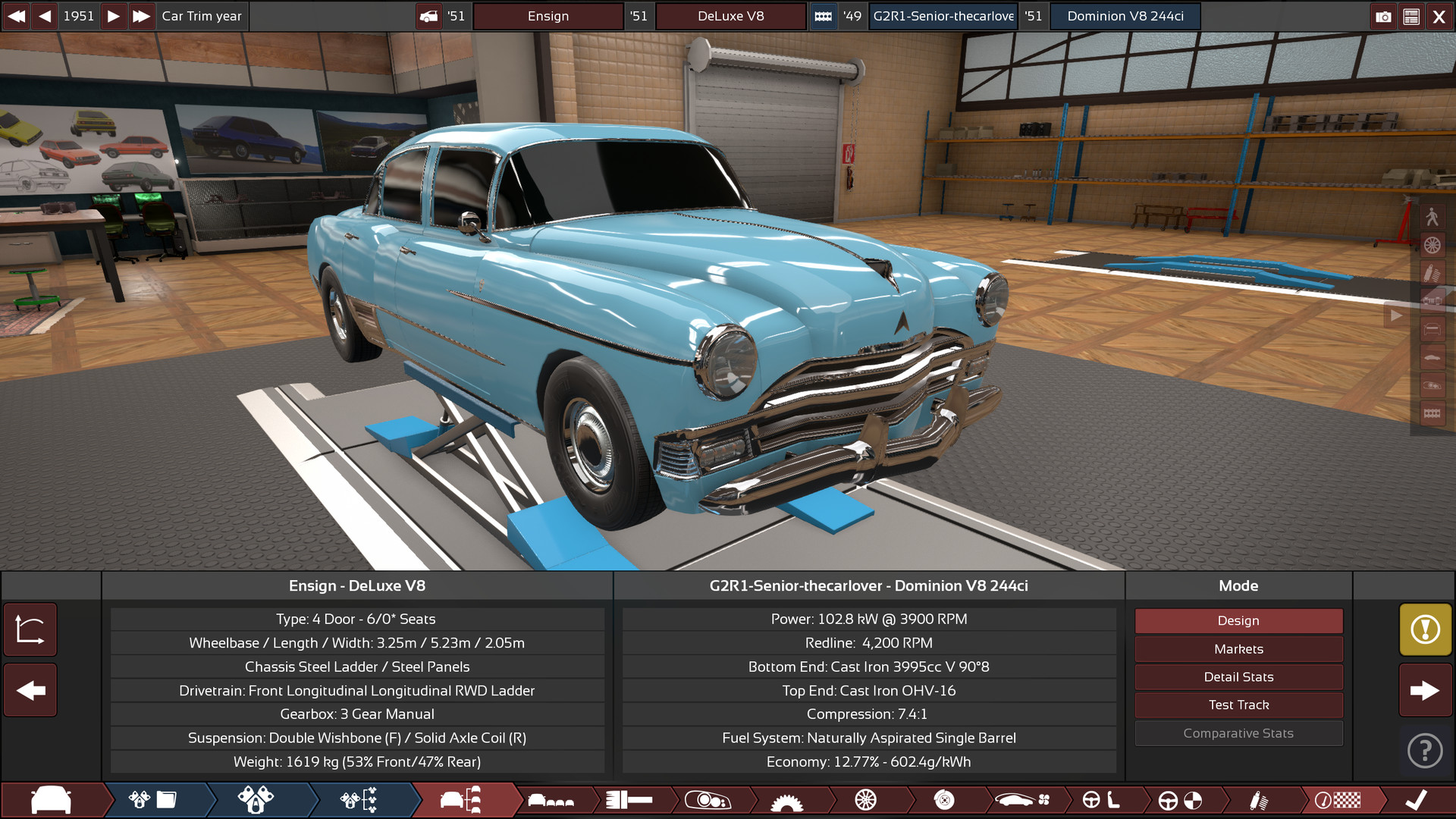

(GM, Detroit) plans to double global production of four-cylinder engines by 2011. Plastic use is expected to increase under the hood as automakers rush to build small, fuel-efficient engines. They achieved similar savings by converting the elec-tric water valve assembly used on the Armada, Quest and Titan from steel to plastic. By molding the parts from nylon, instead of aluminum, Nissan engineers were able to reduce weight by 40 percent. To tackle that challenge, the company recently started to make plastic rocker covers and front covers for the diesel engines on its Navara and Pathfinder vehicles. (Tokyo) plans to make its cars 15 percent lighter by 2015. In addition, a snap-fit cover eliminated the use of fasteners.Īutomakers around the world are on a continuous crusade to reduce weight. It replaced a cast aluminum housing, resulting in a 28 percent weight savings and an 18 percent cost savings. The device, supplied by Robert Bosch LLC (Farmington Hills, MI), was used in the Chrysler Pacifica crossover.

In 2007, an electronic throttle control module made out of thermoset polyester received a first-place award from SPE. It is more than 2 pounds lighter and 20 percent less expensive than its all-aluminum predecessor. Bruss GmbH (Hoisdorf, Germany) for use in the Mercedes-Benz C Class sedan. One of last year’s winners was a hybrid nylon-aluminum oil pan module produced by G. In other words, polymeric materials are moving into more difficult applications based on the success of earlier metal-to-plastic trans-lations.” “Now, we’re seeing things like all-plastic oil pans and torque-reaction mounts. “A decade ago, it was mostly things like engine beauty shields and air-intake manifolds,” says Peggy Malnati, who adminis-ters the 38-year-old award program. Even the types of nominations received have changed in recent years. That’s evident in the Automotive Innovation Awards Competition, an annual event sponsored by the Society of Plastics En-gineers (SPE, Brookfield, CT), which has seen a steady increase in entries for under-the-hood applications. They’re willing to try things that ha-ven’t been done in the past.” The CAFE standards are challenging engineers to do things differently. “Everyone is hungry for game-changing ideas.

In fact, he says Ticona’s Detroit office has been busier than ever lately, despite the economy. “As dimensions become tighter and package size decreases, under-hood plastic applications will rise,” Spevetz predicts. “They’re trying to get more power out of smaller dis-placement engines.” That’s forcing engineers to use more components, such as turbochargers, that allow them to create downsized engines that boost fuel economy while reducing CO2 emissions. “CAFE is driving automakers to rethink what’s going on under the hood,” says Paul Spevetz, technical marketing manager for automotive applications at Ticona Polymers Inc. Faced with growing pressure to improve fuel efficiency, many engineers are exploring new ways to use plastic to replace traditional metal components. It requires automakers to increase average fuel economy by 40 percent between now and 2020, without sacrificing safety or cost. Automotive engineers are scrambling to find ways to meet the new corporate-average fuel economy (CAFE) standard. Other benefits include parts consolidation, cost savings, durability, corrosion resistance and sound dampening.Īs a result, it’s no longer unusual to open a hood and find plastic air-intake manifolds, valve covers, fuel rails, water pump housings, HVAC systems, brake fluid reservoirs, electronic throttle controls, engine covers, filtration systems and other pow-ertrain parts.Īt the SAE Congress in Detroit this month, lightweight materials will be a hot topic. Many automakers and suppliers are using plastics, such as nylon, polyphenylene sulfide and polypropyl-ene, to reduce vehicle weight and improve fuel efficiency. But, that old rule of thumb is quickly changing. Traditionally, using any material other than metal in the engine compartment was unthinkable. Best Measurement Solutions for Manufacturing.


 0 kommentar(er)
0 kommentar(er)
